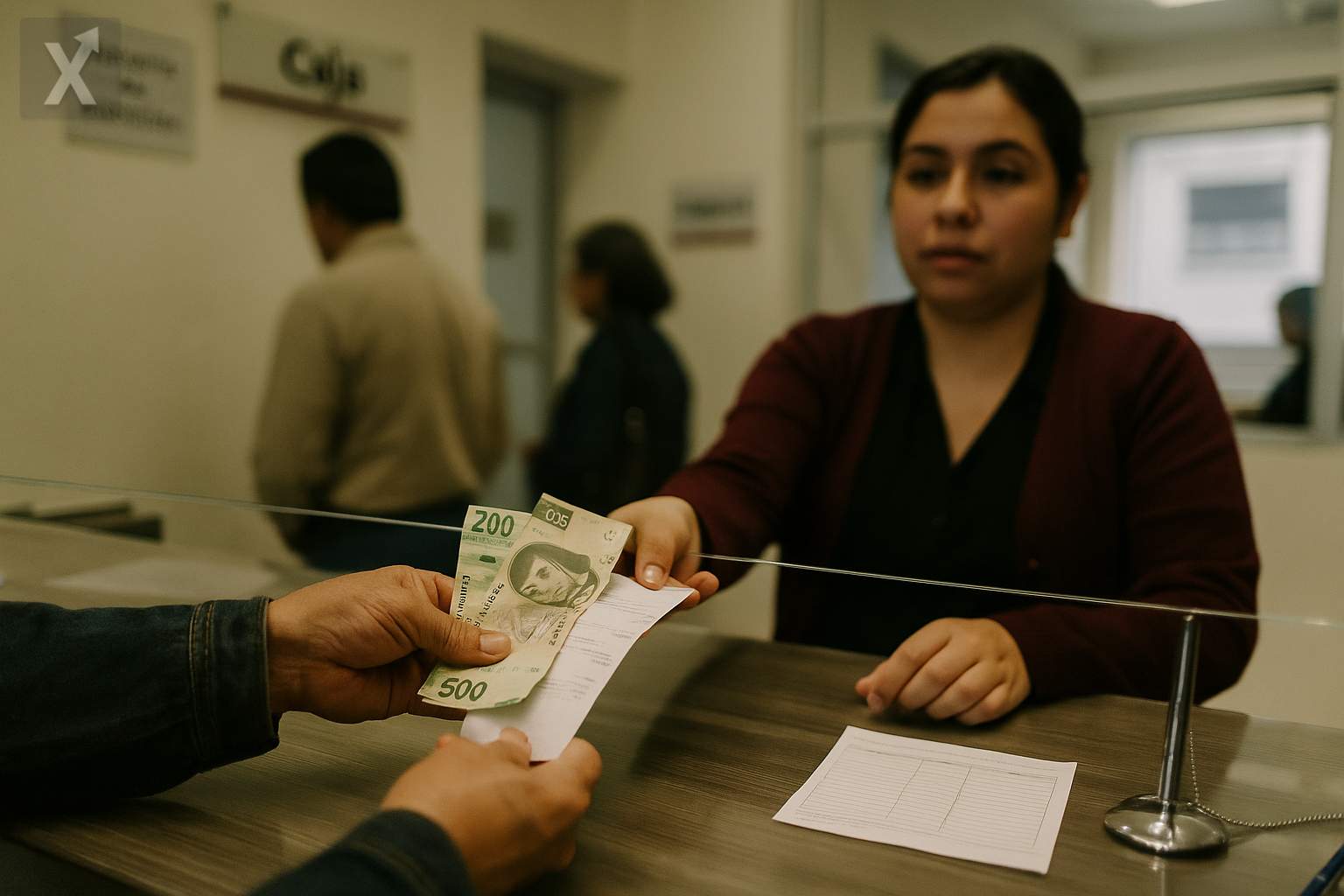Banxico Outlines Path of Gradual Rate Cuts and Maintains Focus on Inflation; Expects Moderate Pickup by 2026

Bank of Mexico Deputy Governor Omar Mejía has indicated that the cycle of reference rate reductions will proceed gradually, in line with the evolution of inflation and its underlying drivers. His comments come after last week’s 25-basis-point cut, which brought the rate to 7.25%, reinforcing the signal that the Governing Board will continue to assess its monetary stance step by step. Similarly, Governor Victoria Rodríguez considered an additional quarter-point adjustment in December to be "highly likely."
Banxico has reiterated that its priority is to consolidate the convergence of inflation toward its target of 3% ±1 percentage point, while avoiding any premature easing. In this context, the central bank aims to preserve tight financial conditions for as long as necessary, while monitoring pressures in services, wage indexation, and the pass-through of exchange rate movements to prices. The gradual approach is intended to manage the risk of inflation rebounding without unnecessarily slowing down economic activity.
Disinflation has made progress, particularly in core components, although there are still areas of concern in service prices and some volatile inputs. On the real side, growth has been uneven: consumer spending remains relatively resilient, while private investment responds inconsistently to external uncertainty and sector-specific bottlenecks. Manufacturing remains closely tied to the U.S. economic cycle, which shapes the performance of exports.
Looking to the medium term, Mejía expects a moderate recovery in 2026, supported by a possible upturn in U.S. manufacturing, a gradual revival of investment, and continued domestic consumption. Structural factors like nearshoring and the strengthening of North American supply chains remain present, though their materialization depends on solving challenges related to infrastructure, energy availability, logistics, and regulatory certainty.
On the financial front, gradual rate cuts could ease borrowing costs for households and businesses, progressively impacting mortgages, consumption, and productive investment. However, the central bank has emphasized that the pace of adjustments will depend on the data, inflation expectations, and the global environment—including the Federal Reserve’s stance and currency volatility. Solid bank capitalization and controlled delinquency levels are aiding transmission of monetary policy, but prudence remains the guiding principle.
The fiscal outlook will also be an important factor for macroeconomic balance. A path of fiscal consolidation would help anchor risk premiums and preserve access to favorable financing, while effective public investment execution can complement private capital in key sectors. Coordinating monetary policy with a credible fiscal framework will be key to sustaining disinflation and boosting potential growth.
In summary, Banxico is charting a course toward monetary normalization that is cautious and evidence-based, with the primary aim of anchoring inflation and maintaining financial stability. If external pressures ease and internal bottlenecks are resolved, 2026 could be a turning point toward more balanced growth. Upcoming price and activity data, along with December’s policy decision, will be critical in calibrating the pace of further rate cuts.
Final note: The central bank favors prudent cuts to avoid putting disinflationary progress at risk, while the economy navigates an uncertain external environment but with potential tailwinds from nearshoring. The key will be to keep expectations anchored, manage volatility, and accelerate conditions that enable investment to translate into greater productive capacity.





